How to Measure and Improve Your Sales Effectiveness
Casey O'Connor
Sales effectiveness is a twofold measure. It takes into account:
- Whether your sales team is performing the right activities for an optimized and profitable sales process, and
- How efficiently your team performs those activities
In short, sales effectiveness is the measure of how well your sales organization turns leads into paying customers.
In this article, we’ll go over everything you need to know about measuring and analyzing your team’s sales effectiveness (including some common misconceptions about the process).
Here’s what we’ll cover:
- What Is Sales Effectiveness?
- Sales Effectiveness Metrics
- How to Measure Sales Effectiveness
- How to Improve Sales Effectiveness
- How to Optimize for Sales Effectiveness
- Sales Effectiveness Tools
- Sales Effectiveness Best Practices
- How to Improve Sales Effectiveness with Yesware
What Is Sales Effectiveness?
Sales effectiveness is a subjective measurement. Whether or not your team is effective will depend on what your organization’s goals and priorities are; what’s effective for one company may be entirely ineffective for the next.
Some salespeople conflate sales effectiveness with sales efficiency, but the two are not one in the same.
Sales efficiency measures how quickly an organization performs its tasks. Sales effectiveness, however, is not all about speed. It’s also about ensuring that the sales activities the team performs are the right ones — meaning, the ones in line with the company’s overall performance goals. 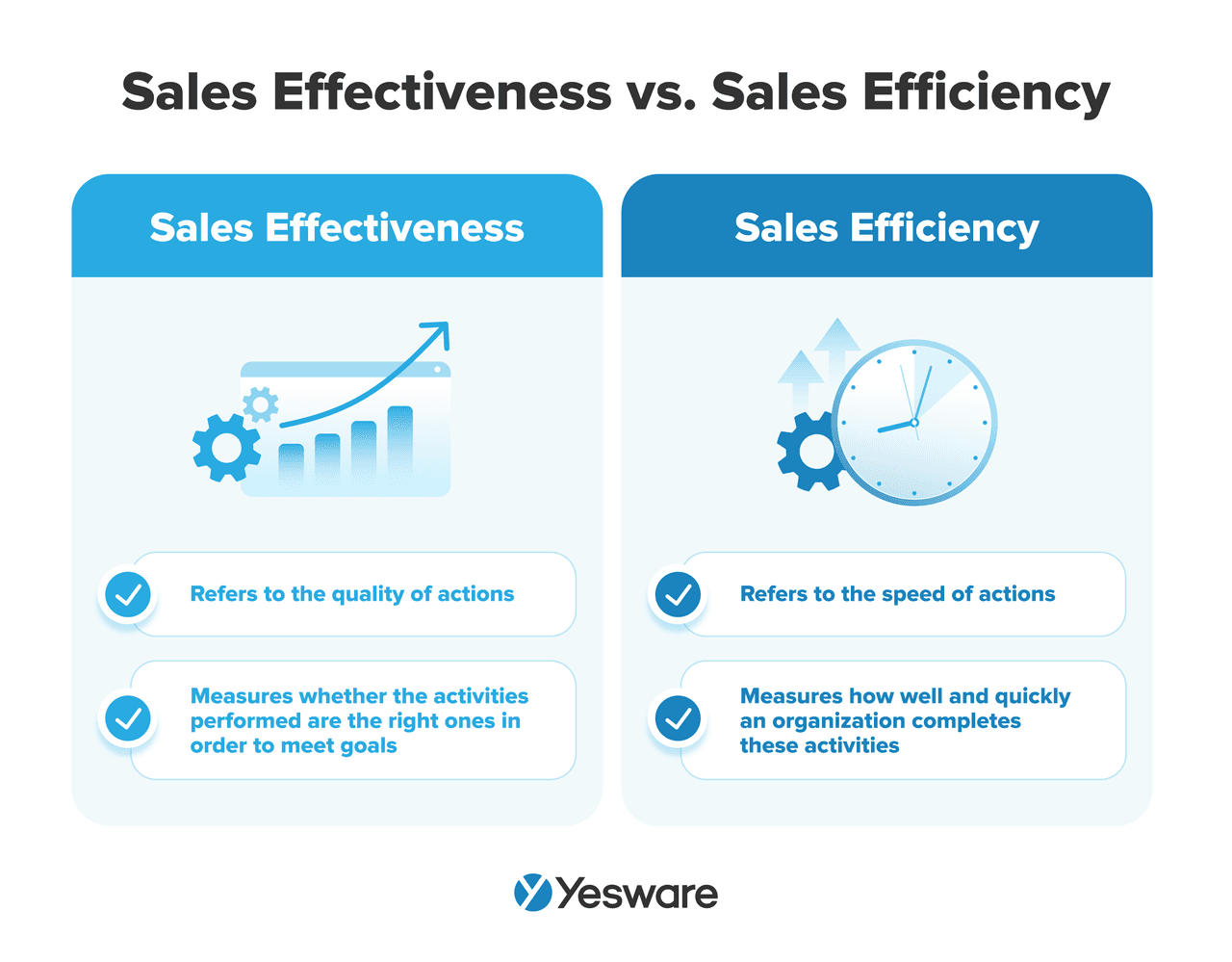 In other words, it’s not about how quickly your sales professionals perform tasks; it’s about how well they perform the right tasks.
In other words, it’s not about how quickly your sales professionals perform tasks; it’s about how well they perform the right tasks.
Of course, sales efficiency is important, too. But it’s not the only metric that matters. The most successful sales operations are the ones that measure their efficiency in the context of effectiveness.
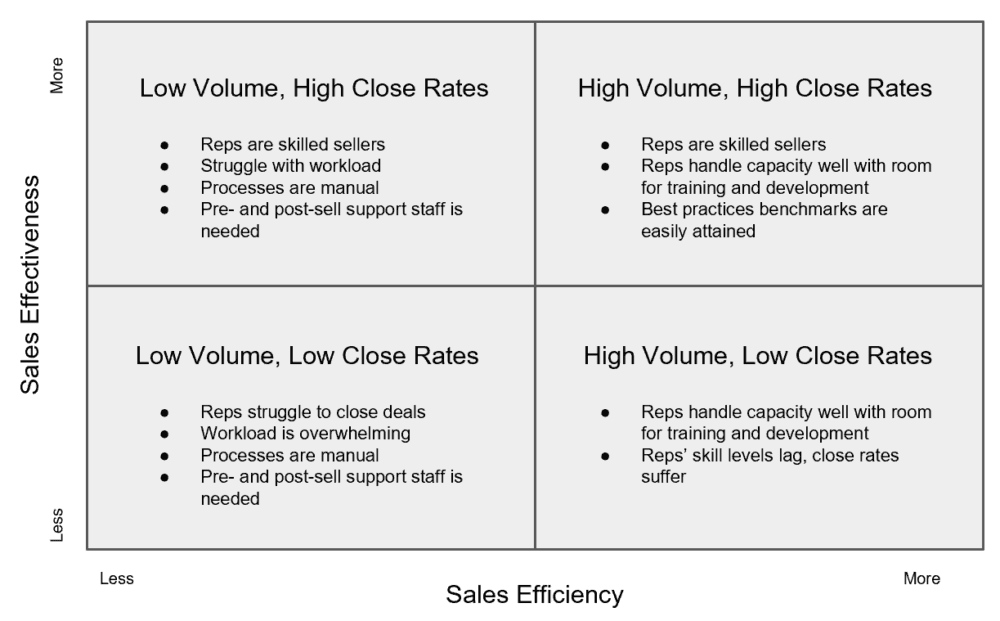
When you measure your team’s sales performance according to effectiveness, you can focus on closing deals more quickly by optimizing the process. This approach will have a direct impact on your bottom line.
Sales Effectiveness Metrics
Depending on your company’s goals and priorities, the following sales metrics may help you determine your sales team’s effectiveness.
This list is not exhaustive, nor should it be applied word-for-word to every business or organization. Remember, the key to measuring sales effectiveness is doing so in line with your specific company’s priorities.
Percent of Sales Reps Achieving Quota
One of the most straightforward ways of determining sales effectiveness is to determine how much of your sales force is achieving their sales quotas.
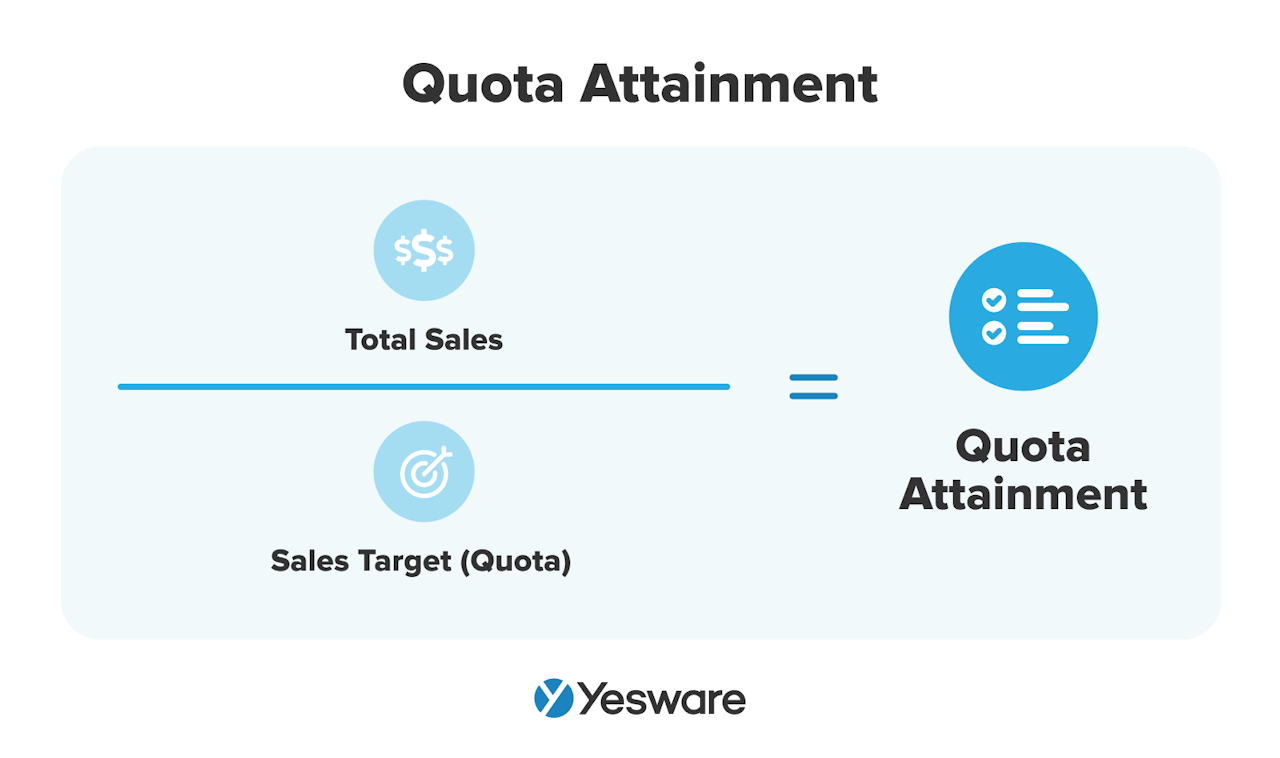
Quota attainment is about much more than bottom-line results; it’s also critically important for accurate sales forecasting and motivating sales reps.
Average New Deal Size
For companies looking to increase their revenue with bigger accounts, average new deal size may be one of the best KPIs to analyze.
As a standalone metric, average deal size can help you determine whether your sales team is effectively nurturing relationships with impactful clients.
It can also help you determine your team’s sales velocity.
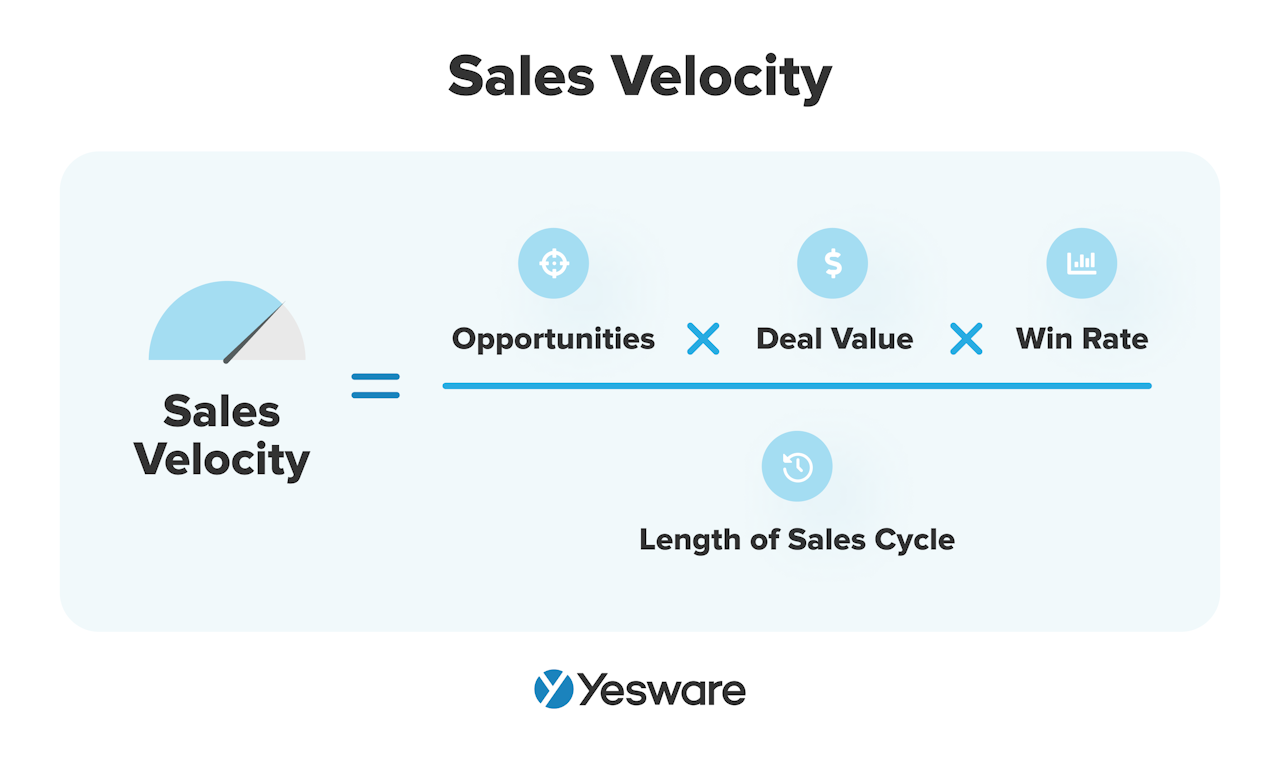
Sales velocity is, in simple terms, a measure of how quickly your business is making money. It can be an important predictor of sustainability and growth.
Sales Cycle Length
We can conclude from the sales velocity formula above that a shorter sales cycle means money flows into the business more quickly.
If your revenue or profits are falling flat, it may be time to analyze how quickly your salespeople move prospects through the sales pipeline.
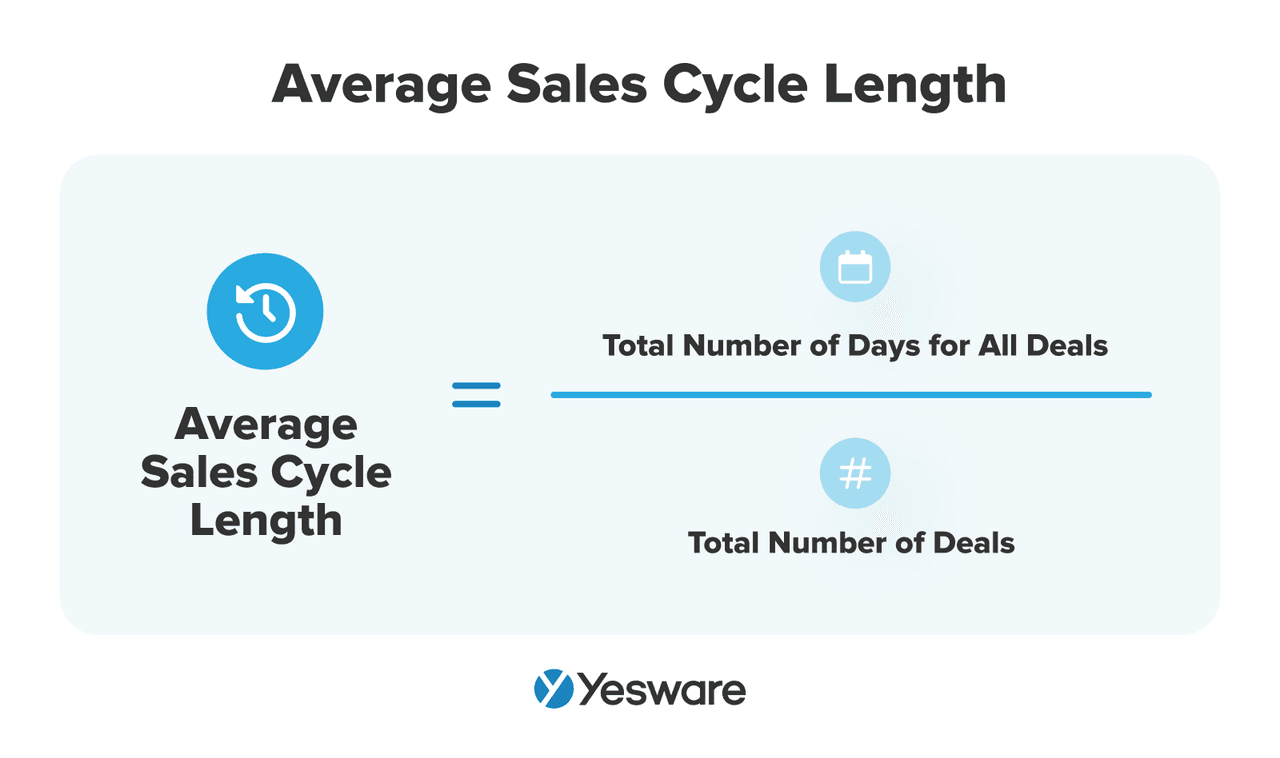
Of course, this is another metric that is not standard across companies or industries. Some products or markets require a longer sales cycle — especially those with higher price tags.
The length itself is not as important as whether or not the process has been optimized against industry benchmarks. If your industry-standard sales cycle is 45 days, but yours takes 63, it’s very likely that you’re leaving money on the table.
Sales Productivity
Salespeople today are being asked to do more and more non-selling activities. In fact, only 36% of a sales rep’s time is typically devoted to revenue-generating activities.
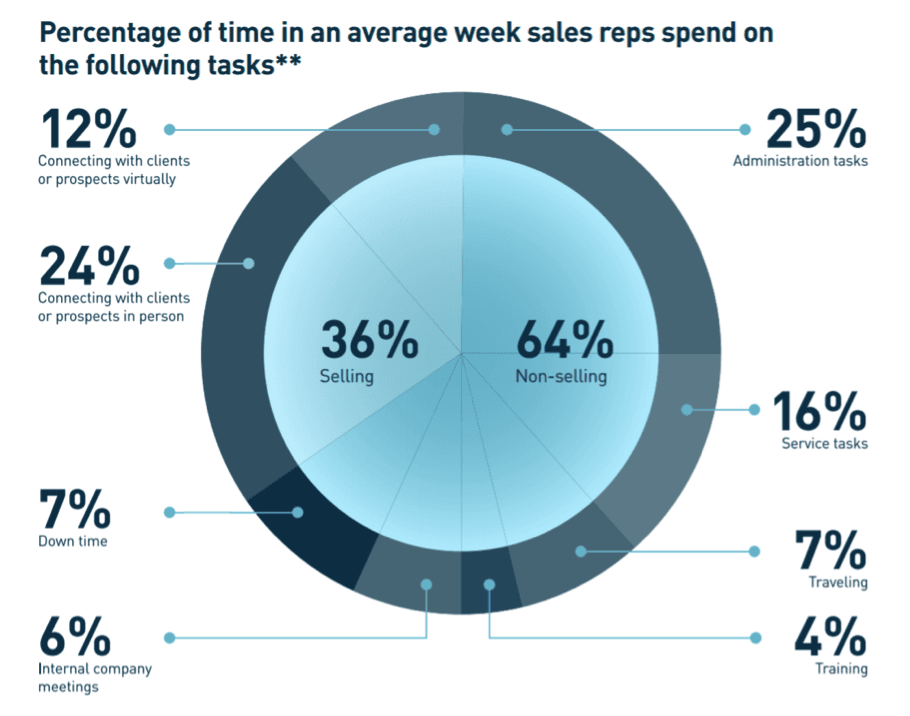
This can make a huge difference to a company’s bottom line. Measuring your team’s productivity will help sales managers determine whether certain activities need to be outsourced or automated in order to free up valuable selling time for reps.
Sales Lead and Customer Response Time
Research shows that the faster a rep connects with a prospect, the more likely they are to close the deal.
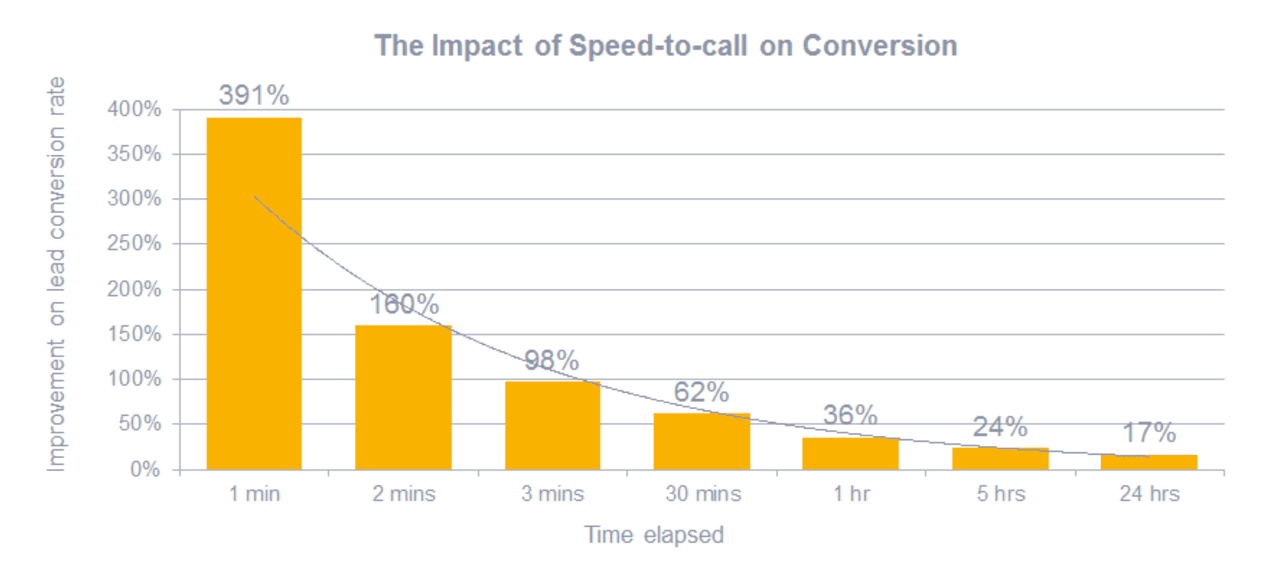
Pay attention to this metric; it’s a quick and easy fix if you find that you’re needlessly losing otherwise seemingly qualified opportunities.
Customer Acquisition Cost and Lifetime Value
It’s important for companies to acquire new customers in order to grow their bottom line.
That being said, acquiring new customers can be a huge expense in time and money. In fact, acquiring a new customer can be up to five times more expensive than retaining an existing one.
With that in mind, it’s important to measure whether the average lifetime value of your customers exceeds the customer acquisition cost.
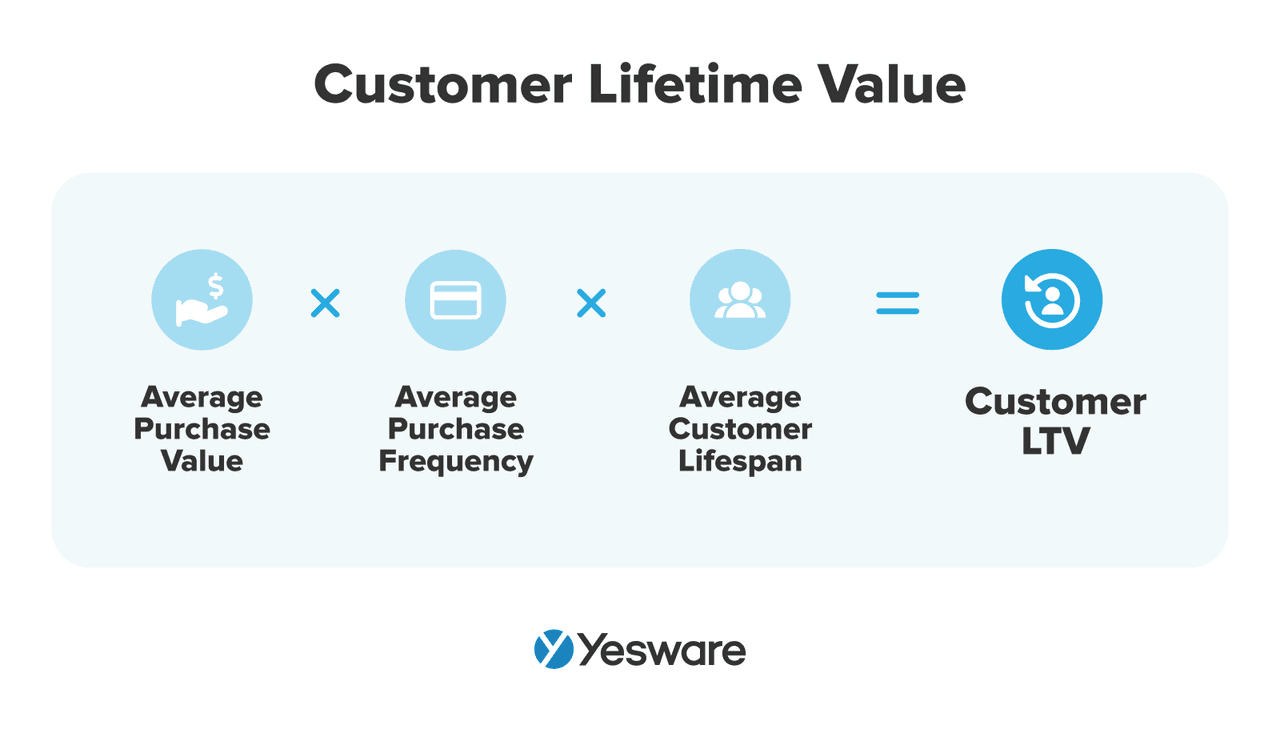
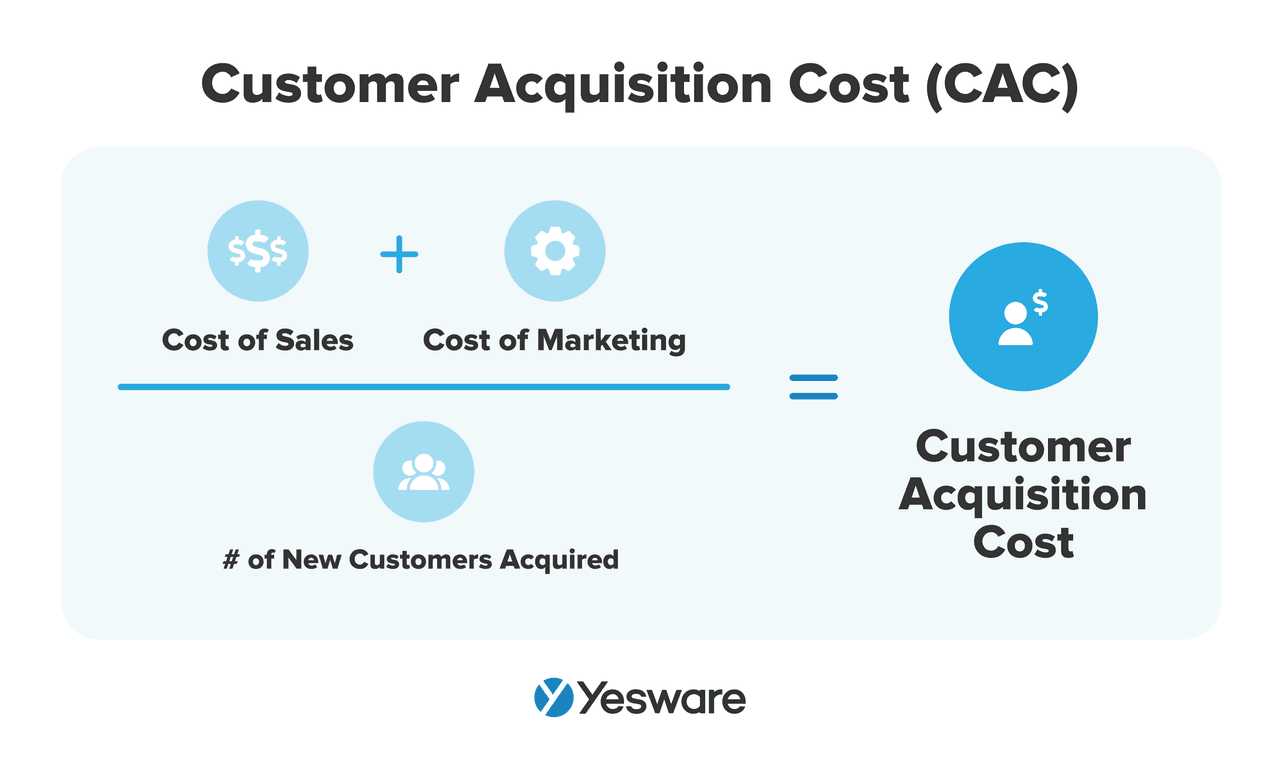
Customer Attrition Rate/Churn Rate
Speaking of money spent on acquiring customers, attrition and churn rates are two more key indicators of how effectively your sales and marketing efforts are performing.
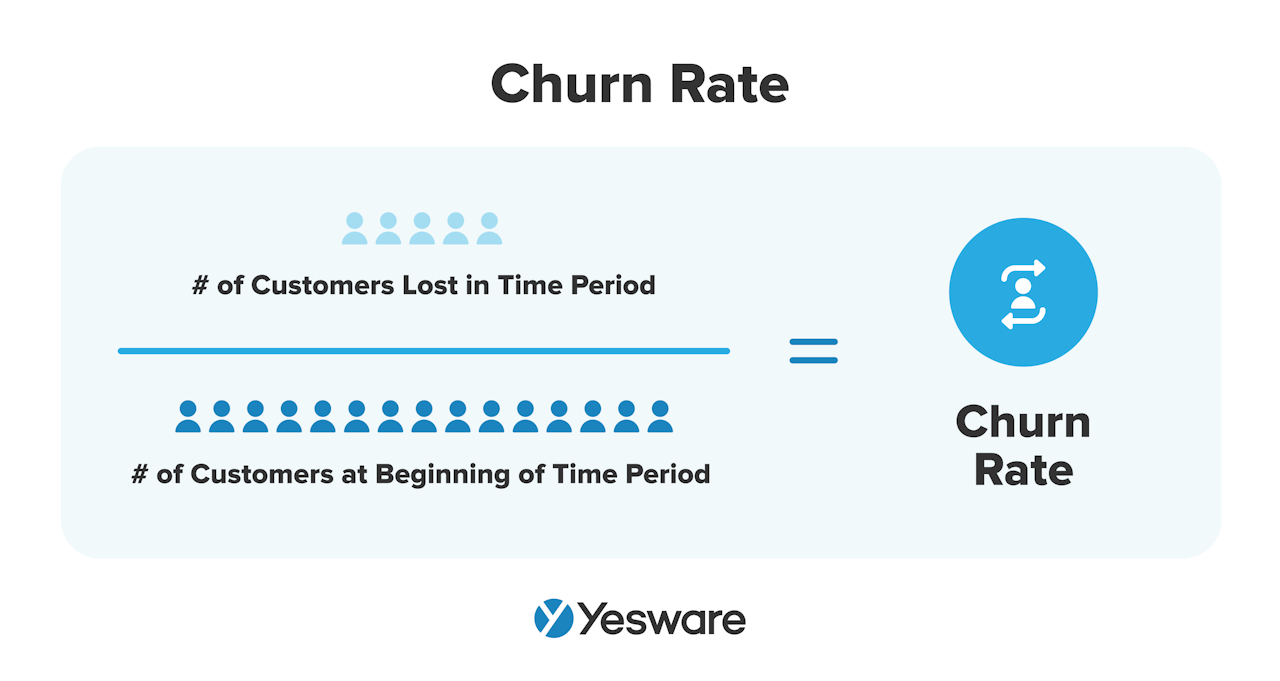
If your customers are churning out more quickly than you can make money from their accounts, your efforts are likely not very effective; it might be time to go back to the drawing board somewhere in the process.
Revenue Growth
When you measure revenue growth, you’re measuring how much more revenue your team generated in a fixed time period as compared to the previous fixed period of the same length.
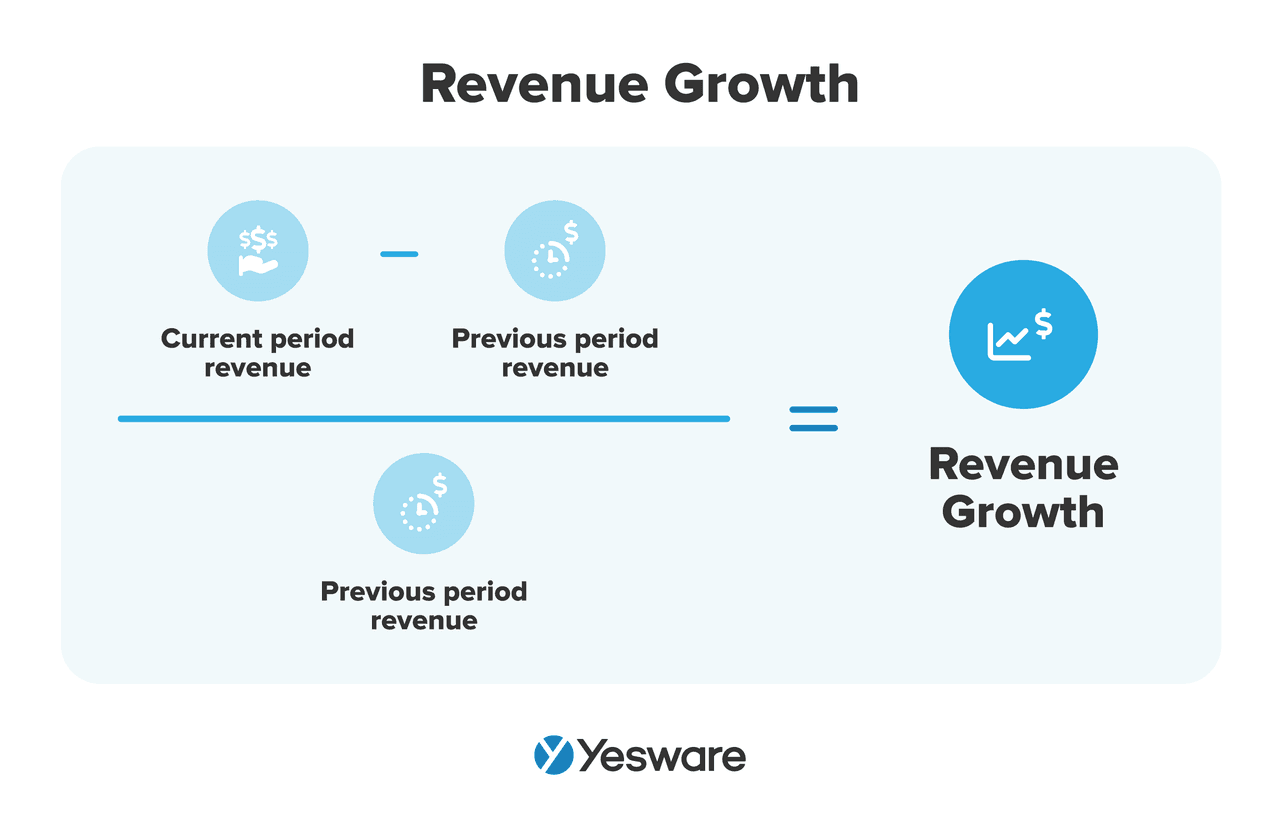
Sales teams can measure revenue growth month over month but more often use a quarterly time frame (quarter over quarter, or QoQ) or an annual one (year over year, or YoY).
Revenue growth is a telling snapshot of a sales team’s operational effectiveness. Consistent revenue growth means the team is scaling and building upon their success and capitalizing on more and better sales opportunities.
How to Measure Sales Effectiveness
The following steps will help you track and measure your sales effectiveness as you work to improve it.
1. Study Your Sales Pipeline
The first thing your team needs to do is get a birds-eye view of the current sales pipeline — but from the perspective of the buyer’s journey.
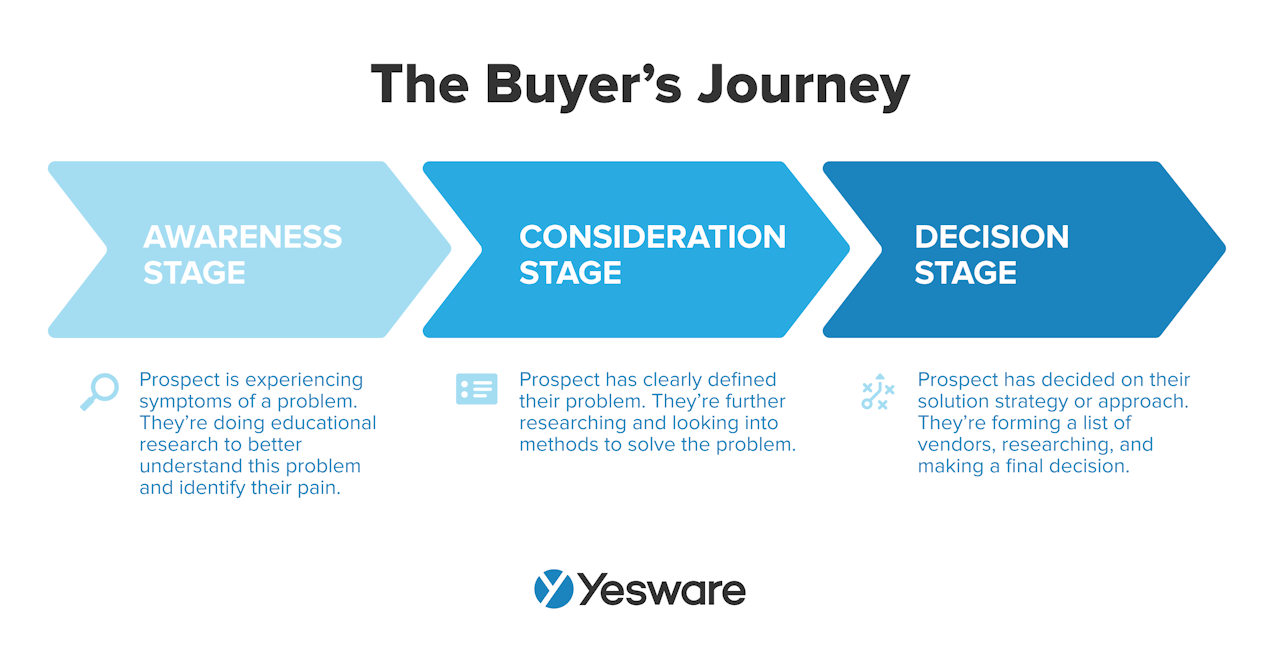
How is the buyer experiencing the sales process? Where are prospects stalling or opting out?
KPIs like conversion rates, length of time in each stage of the pipeline, and the win/loss ratio can help you pinpoint where buyers feel very engaged and where they need more (or different) nurturing.
2. Analyze Your Engagement Rates
One of the main drivers of sales effectiveness is how well your prospects connect with your sales reps and sales content.
In other words, your team’s sales effectiveness depends heavily on how well-engaged their prospects are in the pipeline.
At a minimum, track the success rates of your calls, emails, and scheduled meetings to learn which are most effective at moving buyers to the next stage of the sales funnel.
You can also use sales engagement software like Yesware to track and analyze how your prospects interact with your emails and attachments.
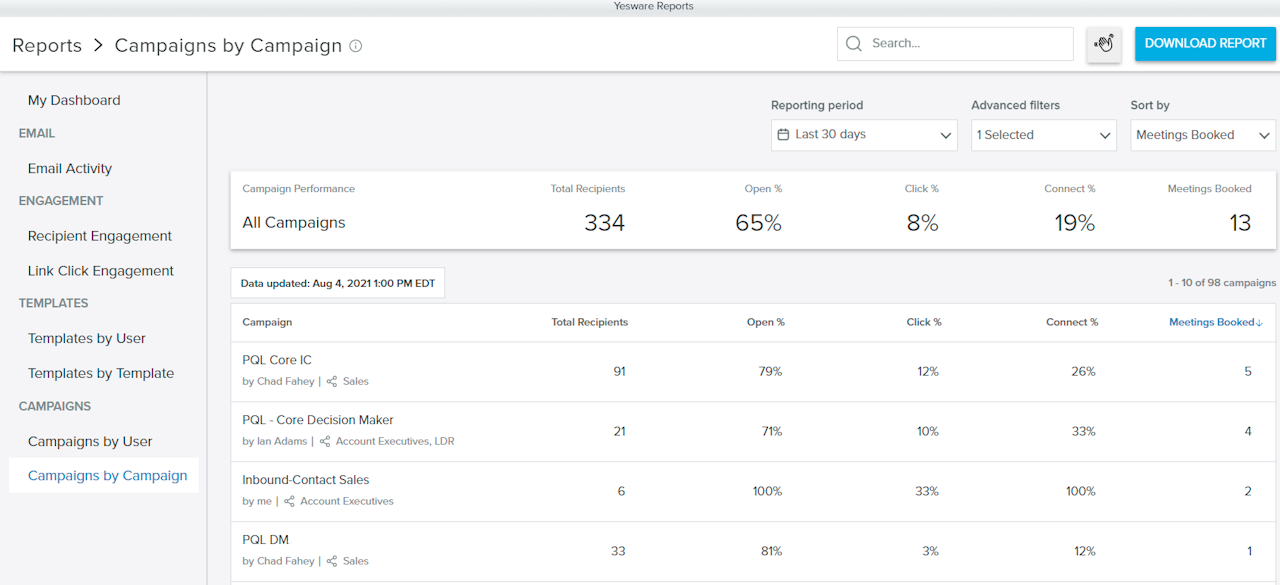
3. Take Stock of Wins and Losses
Hopefully, your team is already tracking your win and loss rates, but it’s important to go deeper than that, too. Pay attention to your average deal size and sales cycle length in addition to your win/loss ratio.
4. Keep Tabs on the Customer After the Sale
You can get significant insight into your sales effectiveness by talking to your customer satisfaction team and, in fact, happy customers themselves.
Not only are successful customers a testament to your sales process, but they can also share in detail about what features and benefits have been most impactful for them as they use the product.
As far as metrics go, keep tabs on retention rates, referrals, and cross-sells and upsells.
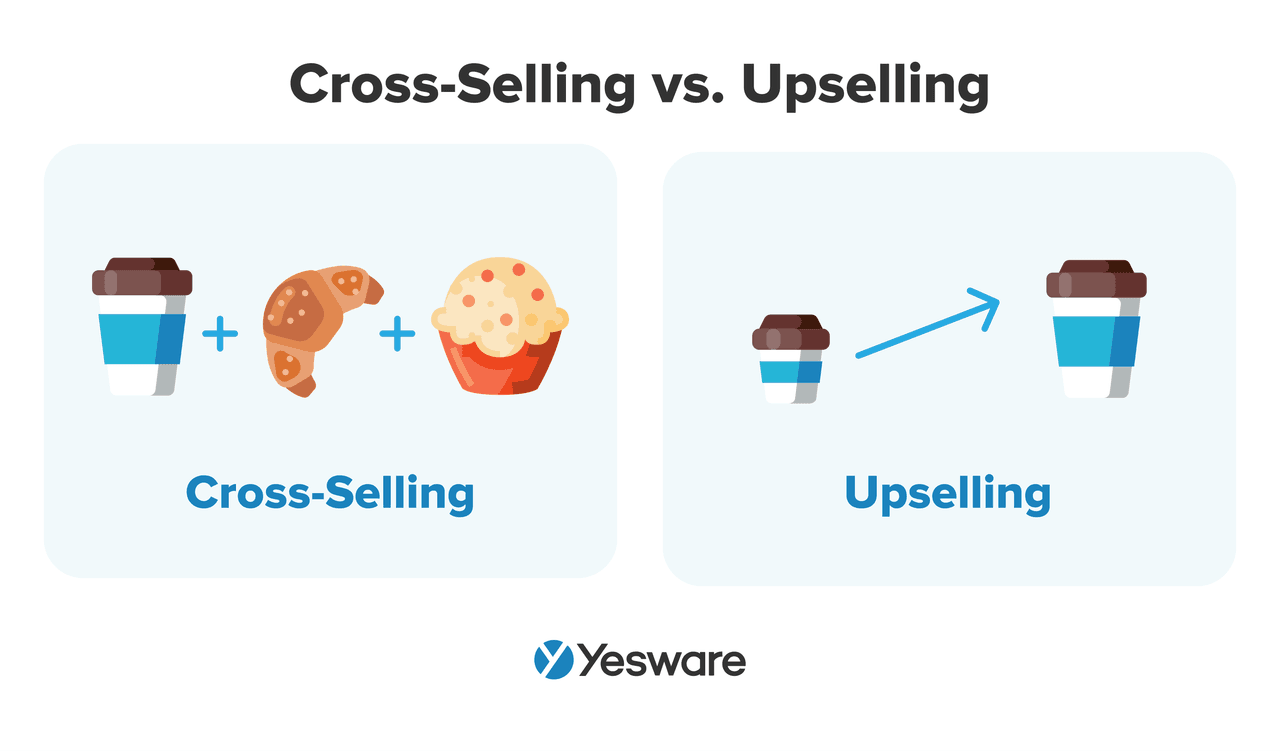
If you notice these KPIs falling flat, it may mean you need to tweak your sales process in order to meet your buyers’ needs more fully.
How to Improve Sales Effectiveness
It can be hard to know where to start when you decide you want to start measuring your team’s sales effectiveness.
Because this kind of analysis is so unique to each company, there isn’t one specific formula that will highlight strengths and areas of growth for everyone.
That being said, the following steps will have you well on your way to determining your team’s effectiveness in the areas that matter most to your business.
1. Set Goals
The very first thing your organization needs to tackle in order to determine sales effectiveness is goal-setting. If you haven’t already, spend time with your c-suite and sales team members developing goals using the SMART goal framework.
These goals will act as your team’s “North Star” in determining whether their sales activities and overall process are effective and efficient.
2. Define KPIs
Next, use your SMART goals to determine which sales KPIs and metrics you’ll need to track. If you’re unsure where to start, try using one of the metrics we outlined earlier in this article.
For those teams who are a bit more advanced in this kind of measurement and analysis, you might consider broadening your scope of KPIs by making sure you’re tracking both leading and lagging indicators. 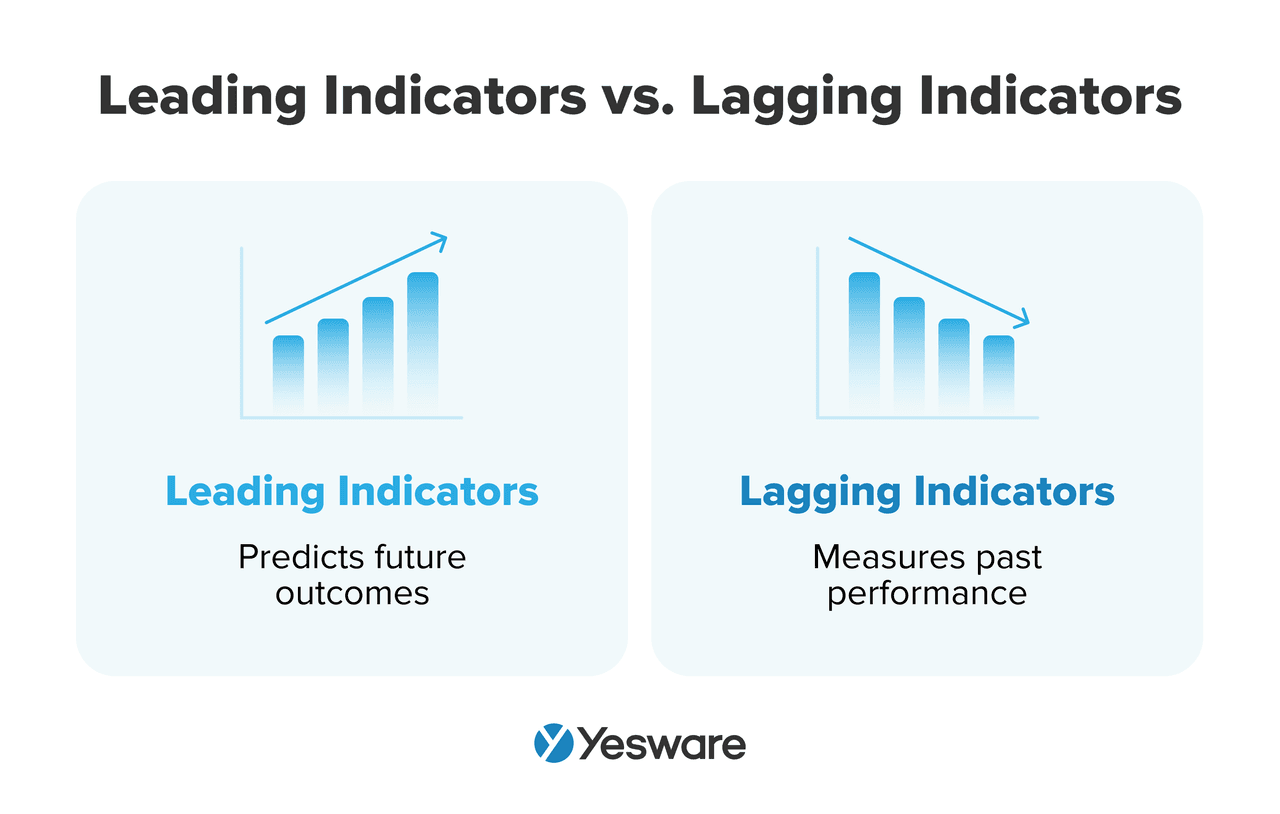
3. Analyze Current Benchmarks
Once you’ve set goals and determined the corresponding KPIs, you’ll want to take stock of your current level of performance. You won’t know how far you’re going unless you know exactly where you started.
4. Optimize the Process
This stage of the process is where you’ll start to see results. Once you’ve honed in on the exact goals you’re targeting, and the KPIs required to meet them, you can start to fine-tune the processes around them.
This is where the bulk of the work happens. Take all the time needed to analyze and optimize your sales process — the most successful teams are the ones who have a formalized structure in place.
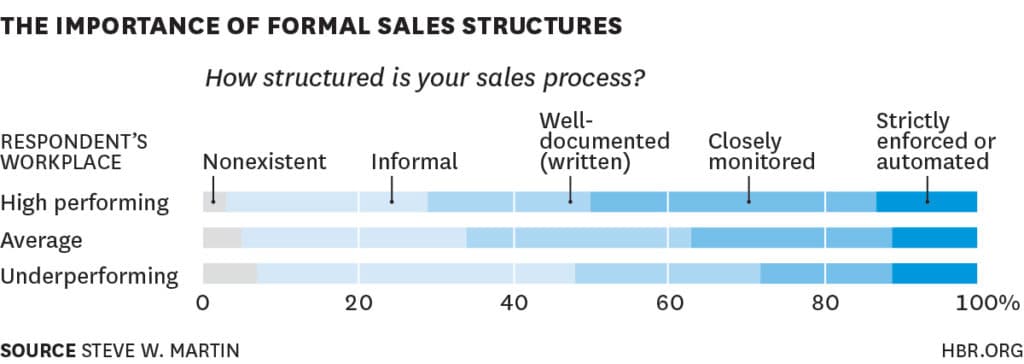
5. Rinse & Repeat
One of the best things about measuring sales effectiveness is that the process can be repeated for any aspect of your performance that you’re hoping to improve.
As you start to see your team hitting their effectiveness goals in one arena, it’s time to start setting goals and measuring KPIs for the next area of growth.
How to Optimize for Sales Effectiveness
Given that sales effectiveness is a metric that can be measured, that means it can be managed, improved, and optimized with a strategic approach.
Every team will have a different definition of optimized sales effectiveness depending on the unique goals and strengths of their organization and the needs of their target market.
But regardless of the type of improvement your team aims for, what’s important is that you use a data-driven approach to identifying and training your team in the sales behaviors and content that make the biggest impact.
The People
One of the best ways to improve your sales effectiveness is by connecting with the people involved in the sales process. This means both buyer and seller.
Check-in with your sales reps to find out more about their needs throughout the sales process:
- Do they have the tools and resources they need to provide value to the buyer?
- Do they have enough time allocated in their schedule to move opportunities meaningfully through the pipeline?
- Are they compensated well enough to feel motivated and challenged?
Ask for feedback directly, and encourage reps to be candid about their needs and observations.
You’ll also want to look at the perspective of the buyer. Regardless of the wants and needs of your sales team, their approach needs to be aligned with the buyer’s journey.
In fact, every decision and action a sales rep takes needs to be calculated with the buyer in mind. Ultimately, their perception of the sales process will dictate how effectively it runs.
The Process
The next piece of the puzzle when it comes to optimizing sales effectiveness is the sales process itself.
Carefully analyze each stage of your sales pipeline to find out what’s working and where there might be friction or bottlenecks. Sales reps can streamline the way they navigate the sales process by collaborating to define specific entry and exit criteria for each stage.
Sales playbooks can also be extremely helpful in aligning everyone on the team around tactics, strategies, methodologies, sales scripts, coaching content, training material, and more. 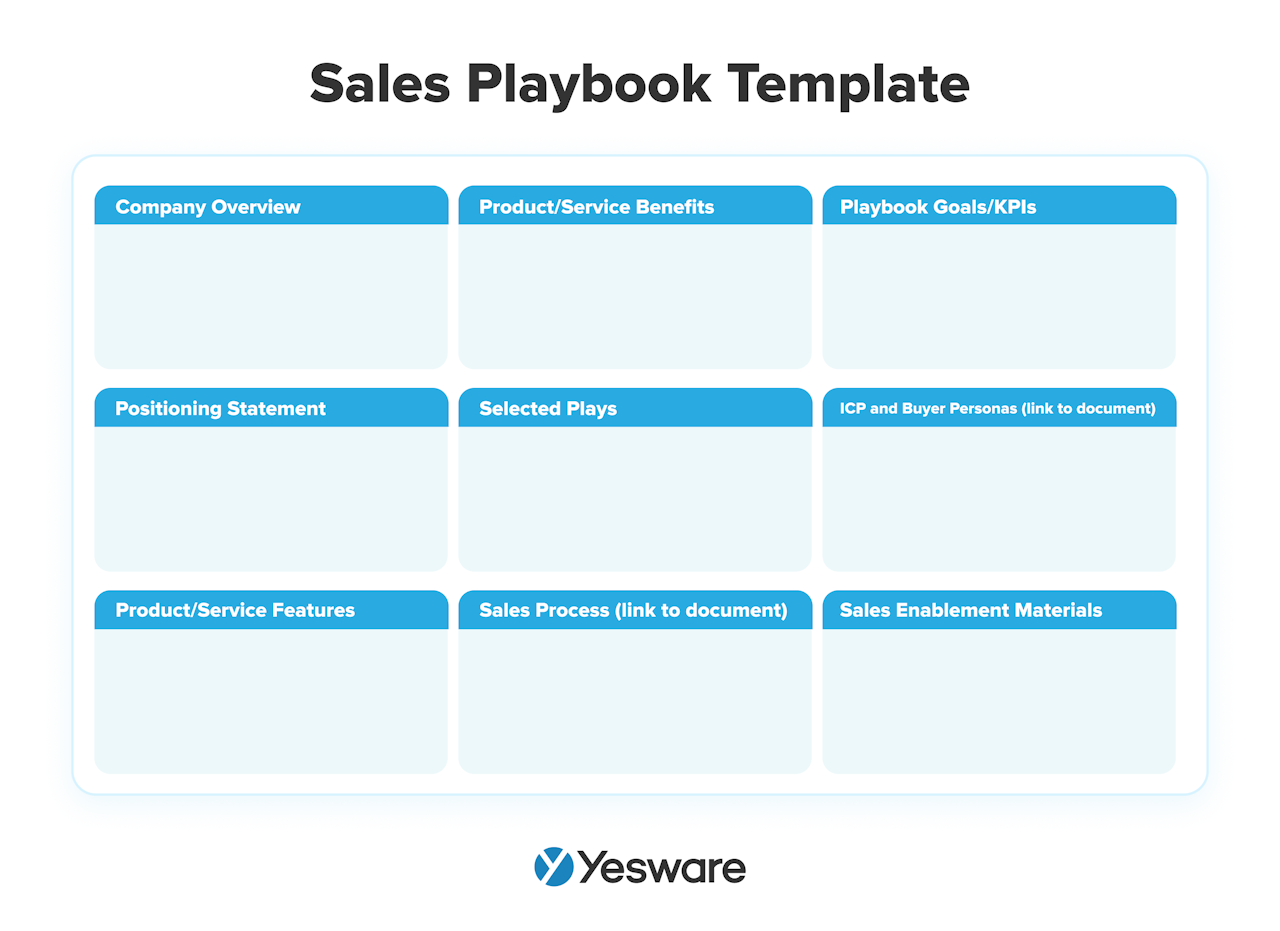
The Technology
There’s no way around the fact that in order to be effective in today’s sales world, your team needs a capable and cohesive tech stack.
The right technology tools can help your sales team automate every possible aspect of your sales process, including (but not limited to):
- Email campaigns
- Content analytics
- Lead scoring
- Call/contact logs
- Scheduling meetings
- Lead nurturing
- Reporting and analytics
With the average sales rep only afforded about one-third of their time for actual selling activities, sales reps need to free up as much additional time as they can by automating manual, administrative, time-consuming, or otherwise complex tasks.
Tip: Ensure you have all the tools you need (and none you don’t) with our free ebook below.
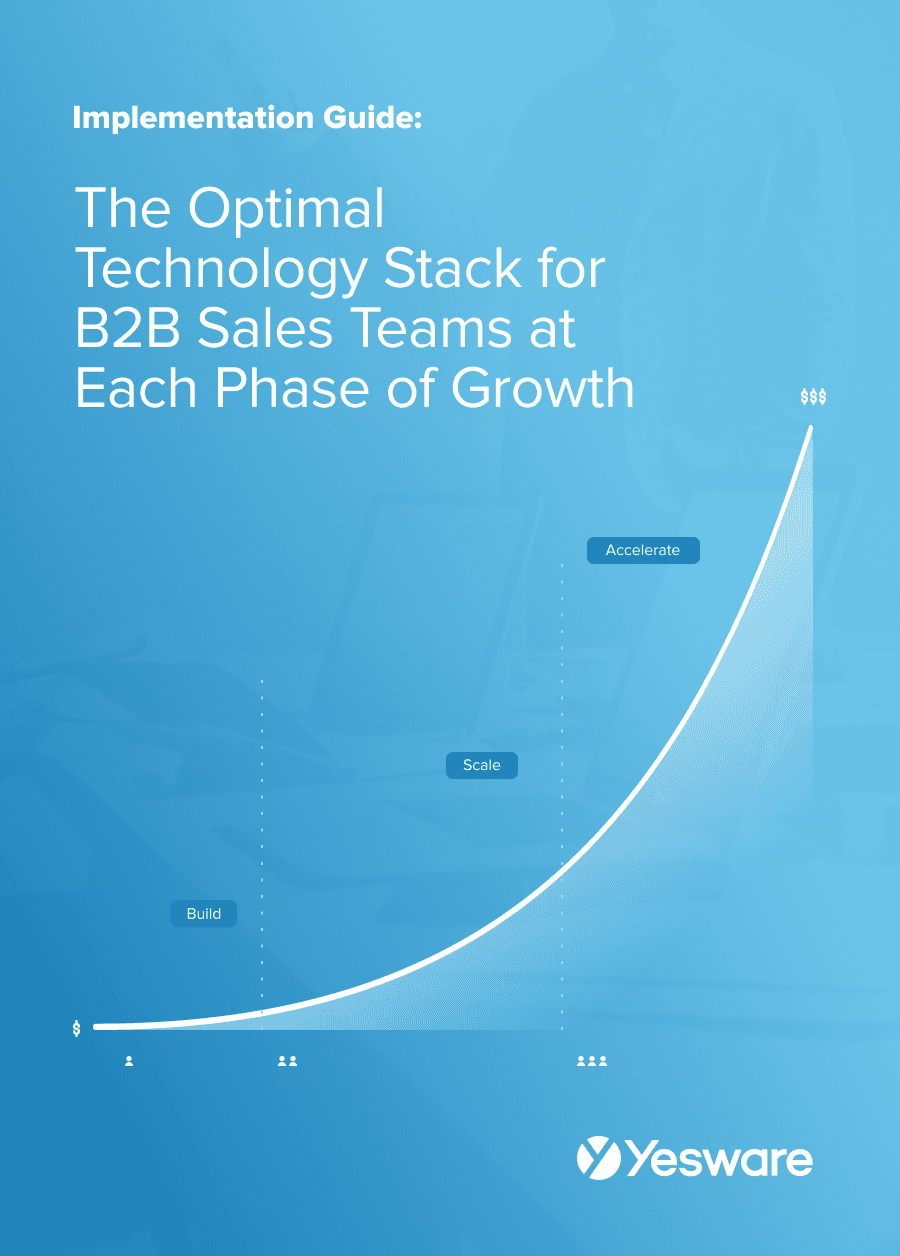 The Optimal Technology Stack for B2B Sales TeamsUsing data from the most successful business-scaling models, we designed a blueprint for the exact technology your business needs at each phase of growth.
The Optimal Technology Stack for B2B Sales TeamsUsing data from the most successful business-scaling models, we designed a blueprint for the exact technology your business needs at each phase of growth.
Sales Effectiveness Tools
It can take some time, effort, and analysis to get to the bottom of how to improve your team’s sales acceleration. Fortunately, there are a number of tools to make the process easier for your sales team. Here are a few of our favorites.
SalesOptimize
SalesOptimize provides complete market intelligence analysis for outbound leads.

It corrects bad data being fed into sales pipelines and helps companies identify 100% of their available market. Its proprietary algorithms help pinpoint the most relevant businesses for sales organizations to target.
Salesforce & Slack
Salesforce is one of the best-known sales enablement softwares, and for good reason. It’s the world’s #1 CRM and has recently acquired Slack, a highly efficient and intuitive communication platform.
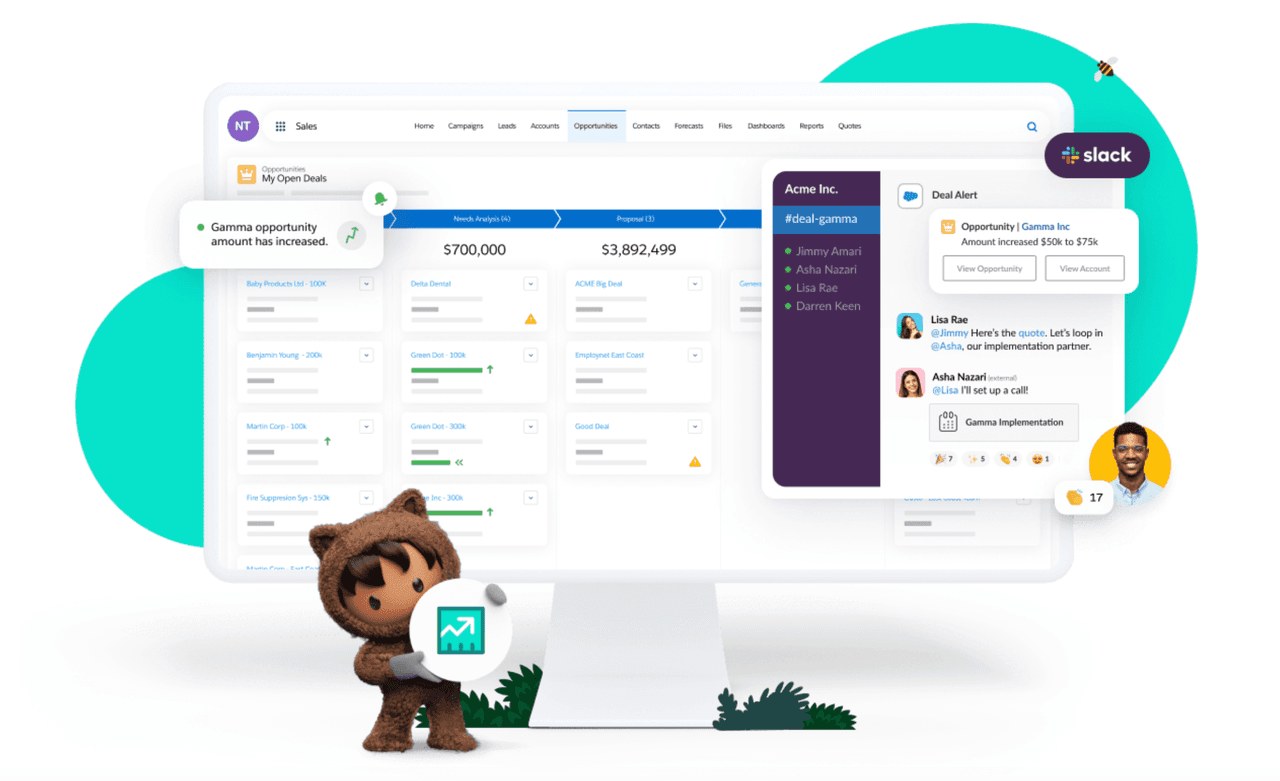
With over 150,000 customers, and more being added every day, it’s safe to say that Salesforce + Slack can take your sales team to the next level of performance.
Yesware
Yesware’s all-in-one sales toolkit for sales professionals will transform your team’s productivity and effectiveness.
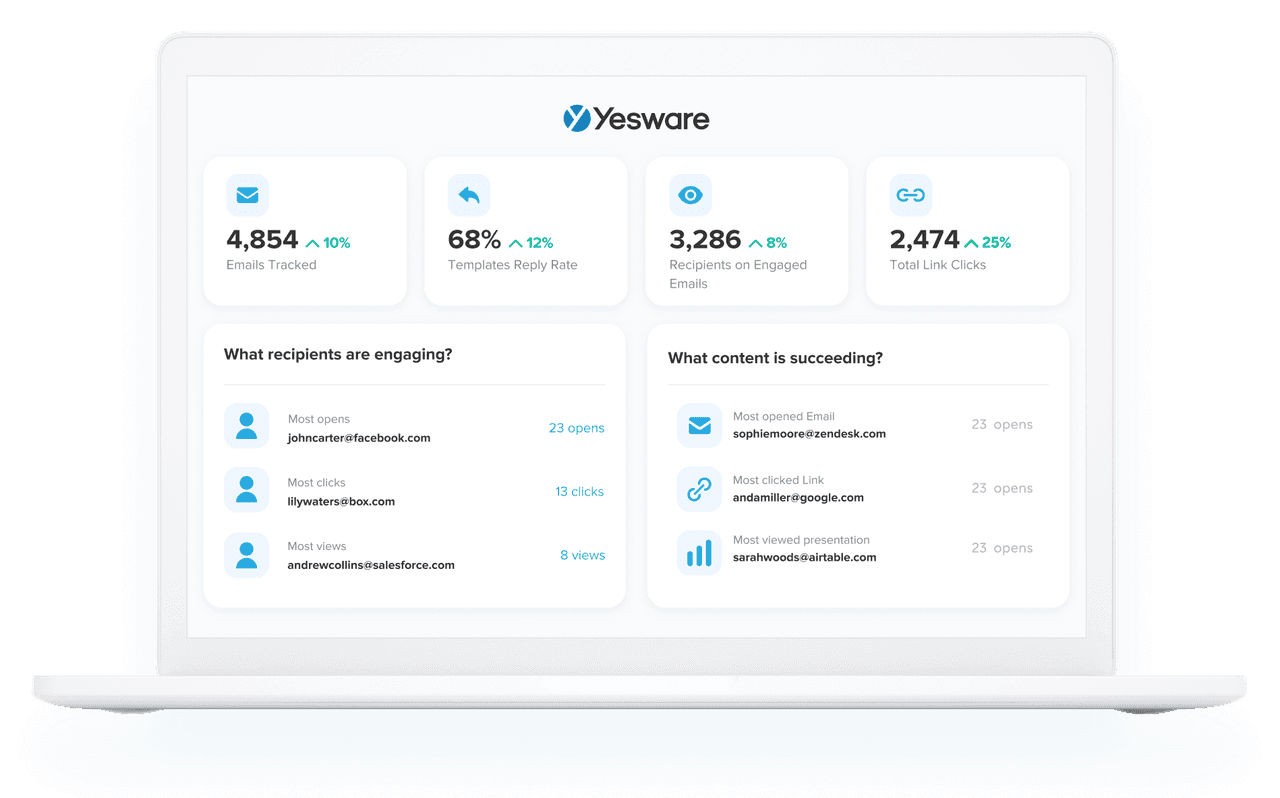 With their Prospecting Campaigns, Email + Attachment Tracking, Meeting Scheduler, and Reporting tools, you’ll be able to easily see which content and communication efforts make the biggest bang for your buck.
With their Prospecting Campaigns, Email + Attachment Tracking, Meeting Scheduler, and Reporting tools, you’ll be able to easily see which content and communication efforts make the biggest bang for your buck.
LevelEleven
LevelEleven offers performance management for customer-facing sales teams.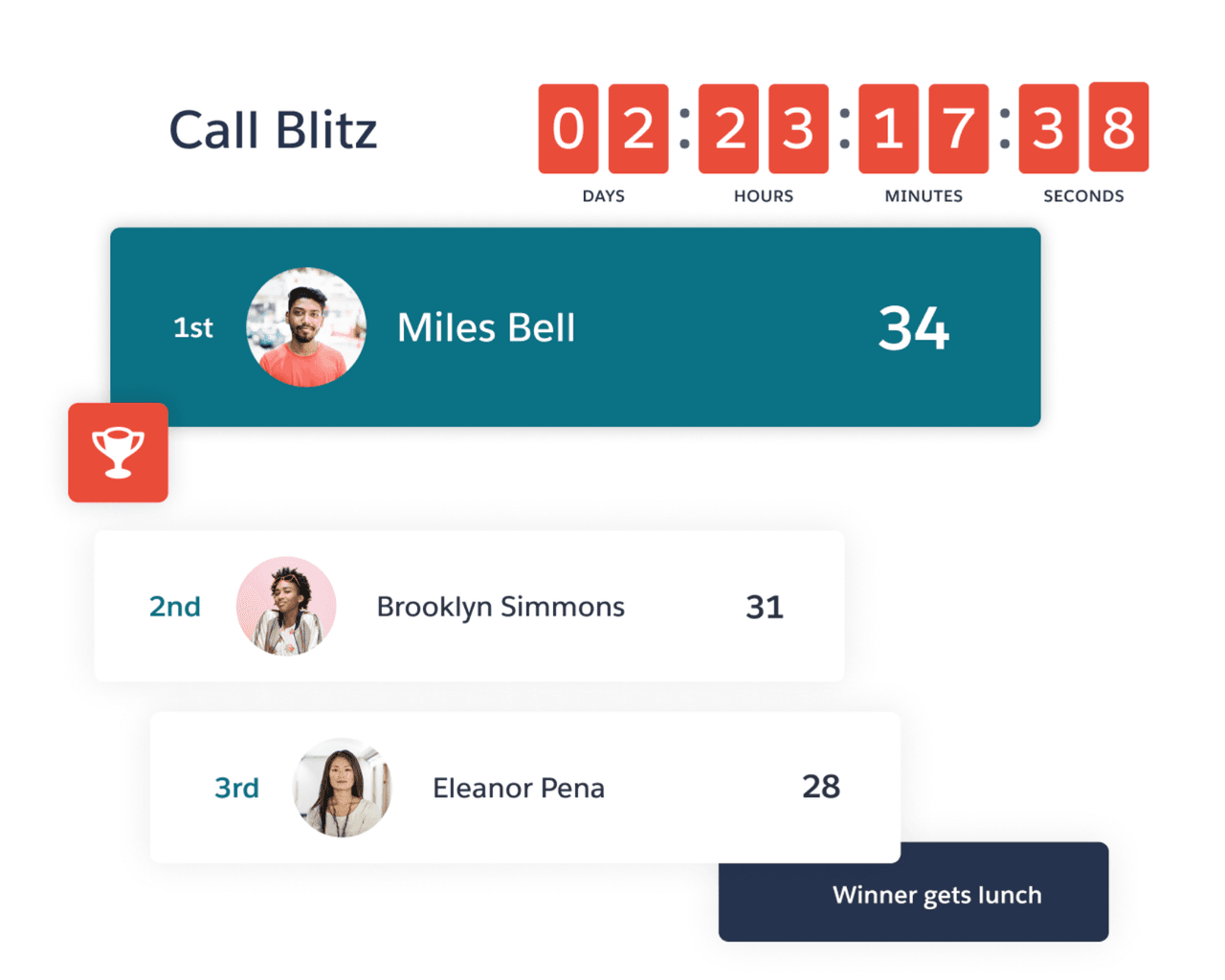 With features like personalized scorecards, data-driven coaching, and fun sales contests, you’ll maximize productivity and motivate your team to reach new heights.
With features like personalized scorecards, data-driven coaching, and fun sales contests, you’ll maximize productivity and motivate your team to reach new heights.
Sales Effectiveness Best Practices
The following best practices will help ensure that your sales effectiveness remains strong.
Continuously Optimize the Process
Optimizing your sales effectiveness isn’t a one-and-done process. Sales managers and teams as a whole should take care to regularly check in on the people and the processes that determine sales effectiveness.
One data-driven way to do this is through setting SMART sales goals.
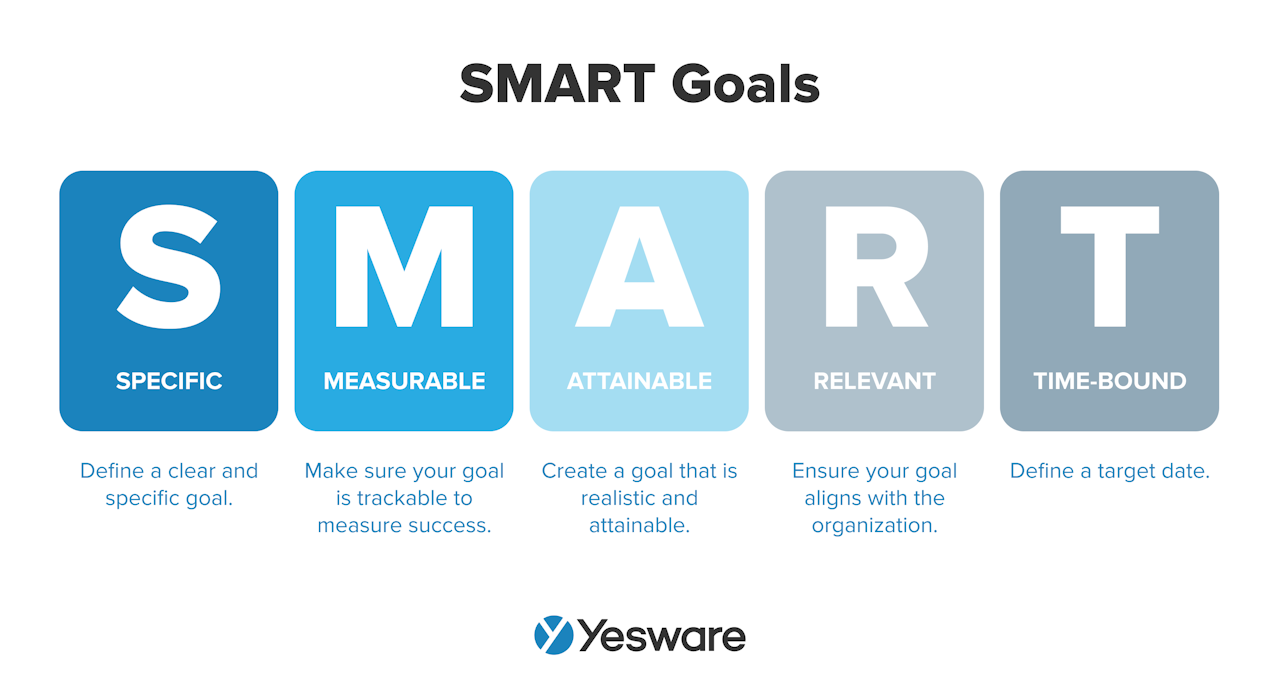
SMART goals help ensure that you’re setting progressive targets that can and should be measured regularly. Analyzing the results of your SMART goals will give you further direction on how to adapt and improve your sales effectiveness strategies.
If you find that your team is continuously falling short in meeting their goals, you may want to revisit the buyer’s journey to make sure your seller’s activities are aligned with the needs of the target market. When in doubt, add value to the buyer.
Systemize Opportunity Management
Opportunity management means tracking, analyzing, and optimizing each sales opportunity as it moves through the pipeline. This practice helps sales reps prioritize their opportunities based on their potential value.
There are a number of ways to manage your opportunities, starting with something as simple as a basic spreadsheet or table.
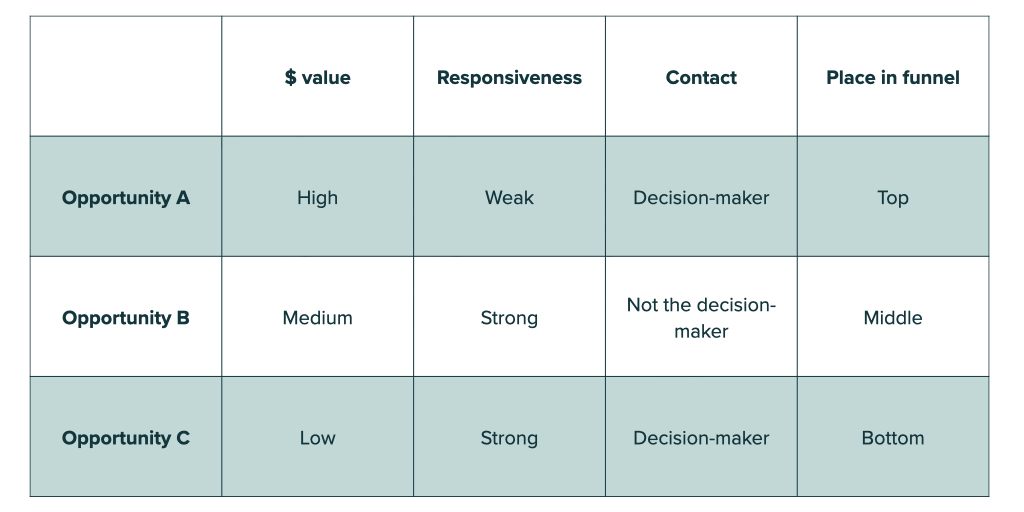
There are also a variety of opportunity management software platforms that can add some automation and sophistication to the process.
Successful, systematic opportunity management can have drastic impacts on your overall sales effectiveness.
Invest in Training
All of your sales effectiveness efforts are likely to fall flat eventually if you don’t train your team in your approach.
Make sure everyone on your team has access to and participates in the same training around the sales process, any sales methodologies you use throughout, and the product or service you’re selling.
Sales reps also need to know the ins and outs of your ideal customer profile (ICP) and buyer personas. 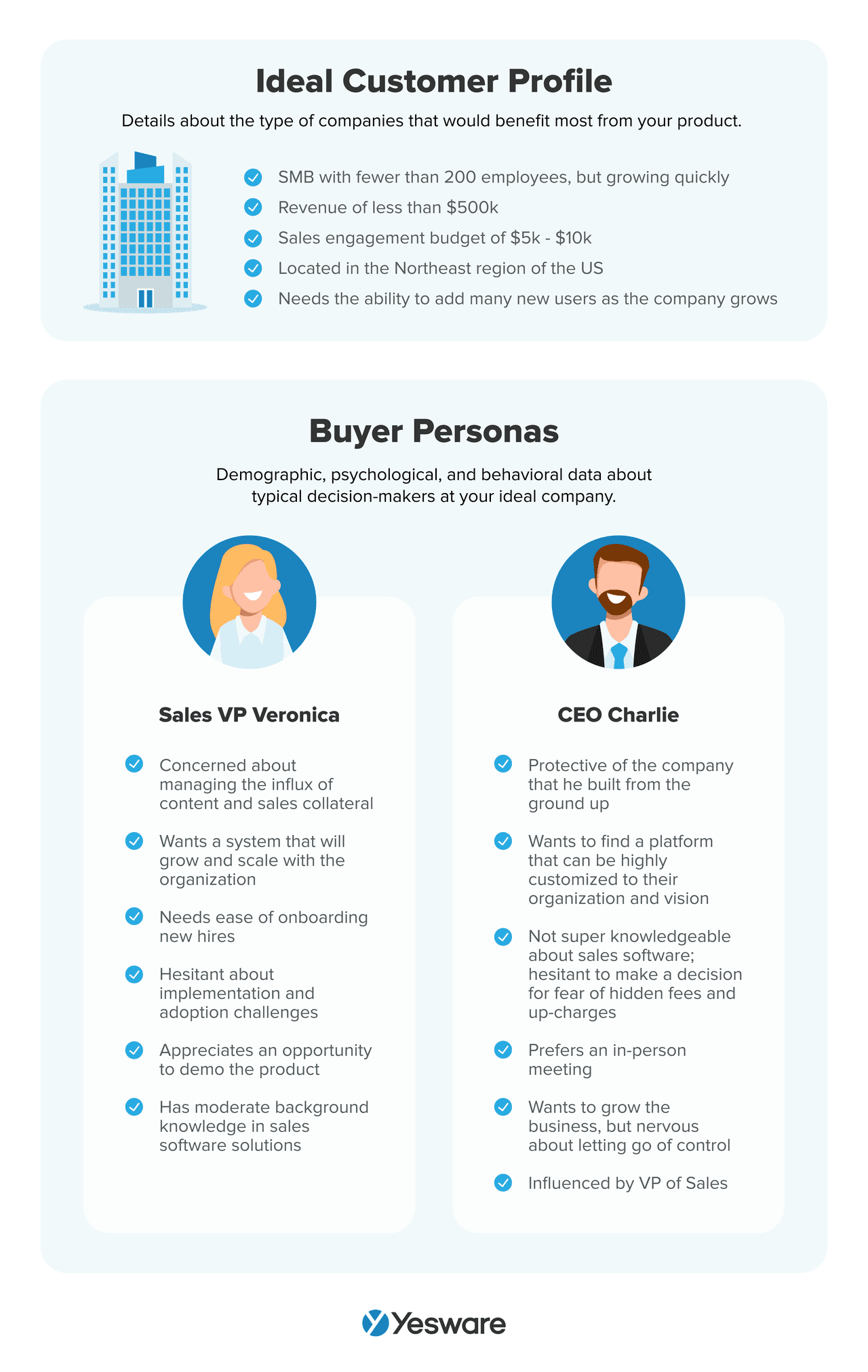 And remember, sales training is most effective when combined with consistent sales coaching.
And remember, sales training is most effective when combined with consistent sales coaching.
How to Improve Sales Effectiveness with Yesware
Yesware can be a powerful tool to add to your repertoire in increasing your sales effectiveness.
With automation, personalization, tracking, and integration capabilities, Yesware can quickly help your team reach new levels of performance.
Prospecting Campaigns
Use Yesware’s Prospecting Campaigns to help your sales team tailor outreach to any prospect or audience.
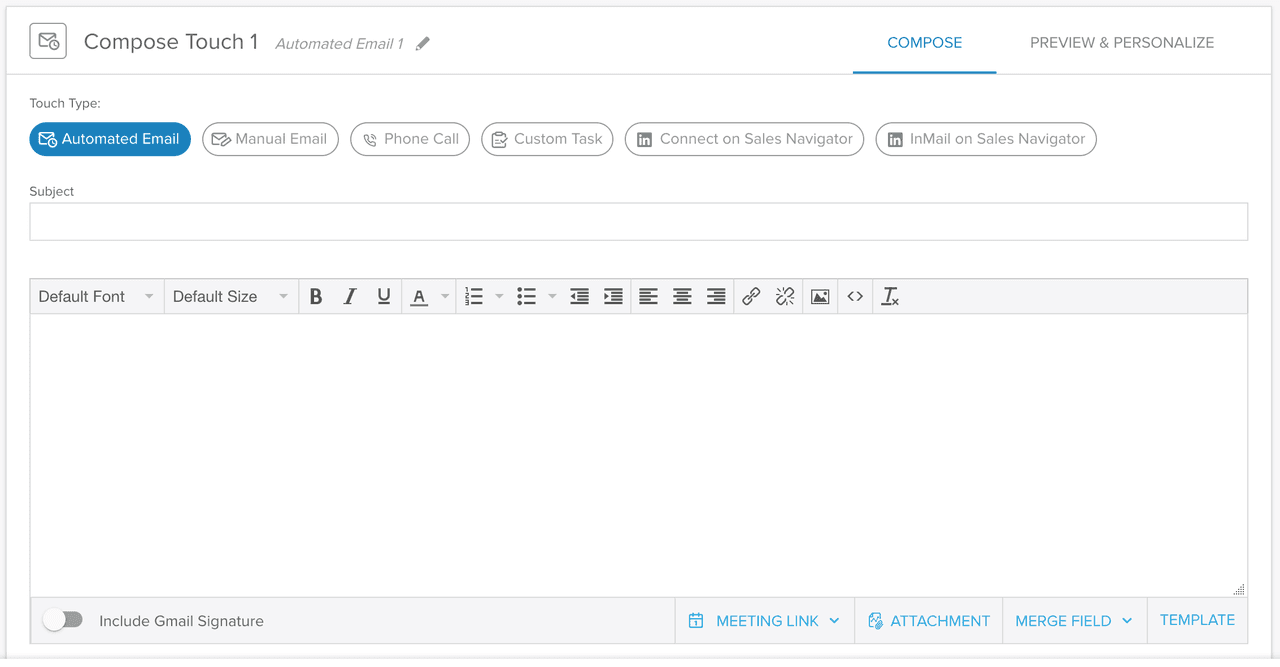
This feature offers the perfect balance of personalization and automation, meaning you can reach more people, more meaningfully.
Meeting Scheduler
Use Yesware’s Meeting Scheduler to book more meetings and connect with more buyers.
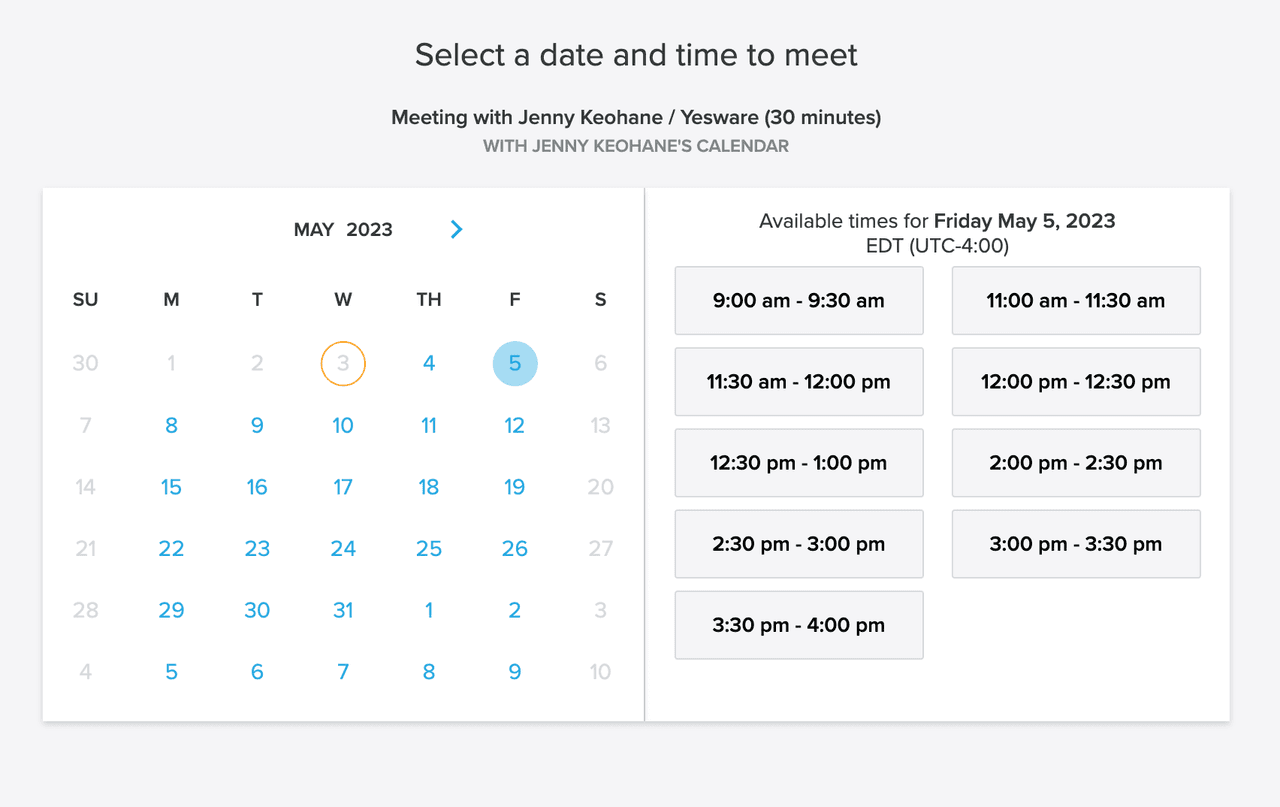
The Meeting Scheduler integrates directly with Gmail or Outlook calendar, so you can skip the back and forth when scheduling meetings. This creates a seamless meeting scheduling process for both sales reps and prospects.
Engagement Analytics
The Attachment Tracking and Reporting & Analytics features help you identify your most impactful content and outreach so you know exactly what is/isn’t working in your sales process.
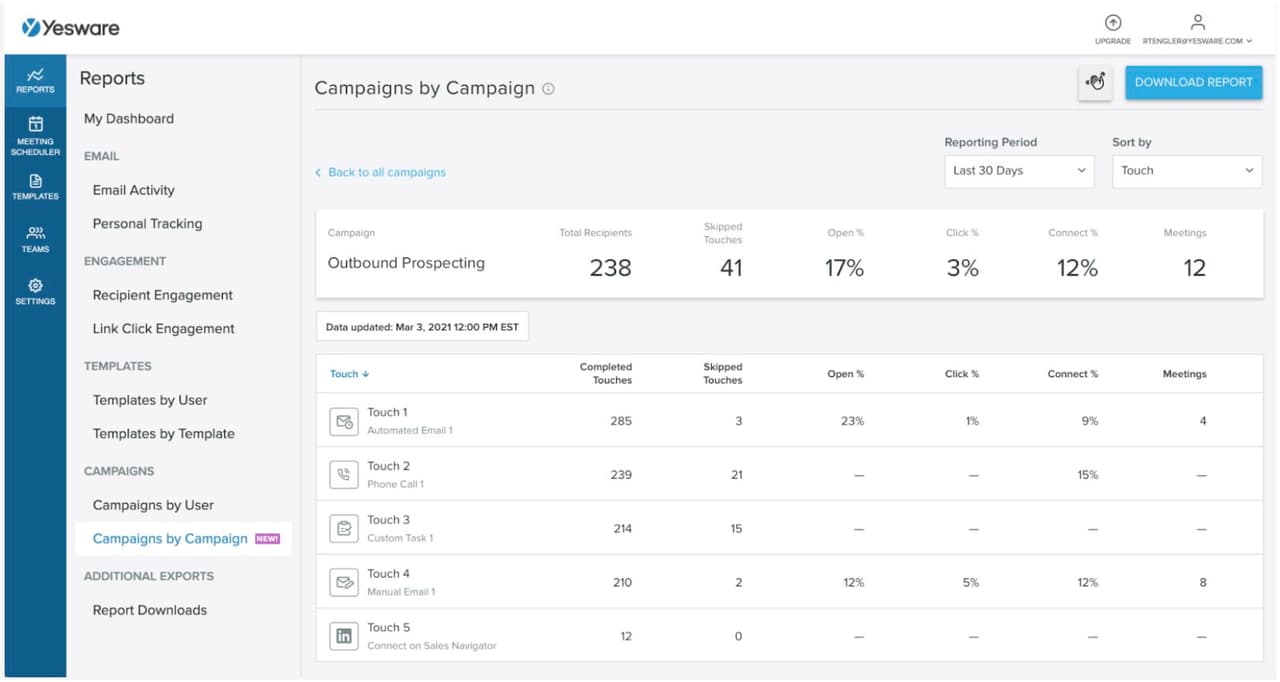
The tool allows you to see which content is viewed and when so you can design smarter and better-converting outreach.
Measuring sales effectiveness can take some practice, but it’s a great way to continuously push your team to new heights once you master the process.
Try targeting one of the metrics outlined above to get the process started with your sales team.
This guide was updated on August 23, 2023.
Get sales tips and strategies delivered straight to your inbox.
Yesware will help you generate more sales right from your inbox. Try our Outlook add-on or Gmail Chrome extension for free, forever!
Related Articles
Casey O'Connor
Casey O'Connor
Casey O'Connor
Sales, deal management, and communication tips for your inbox

